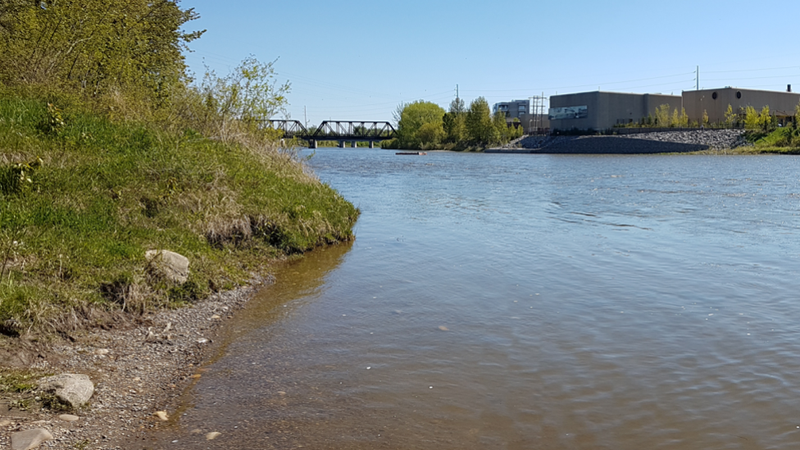
Red Deer to participate in provincial workshop on drought prevention and potential water-sharing agreements
The City of Red Deer will be participating in a three-day workshop, organized by the provincial government, to discuss water-sharing and drought prevention measures in the South Saskatchewan River Basin.
Due to the lack of snow and rain this season, the province announced that, for the first time since 2001, they have authorized the Drought Command Team to begin negotiations with major water license holders to strike water sharing agreements in the Red Deer River, Bow River, and Old Man River basins. If a severe drought occurs, these agreements would see major users use less water to help others downstream.
READ: Water-sharing negotiations to start this week in Alberta, municipalities doing drought planning
The province has seven main watersheds, or basins, that naturally collect rain and snow towards rivers and other bodies of water.


